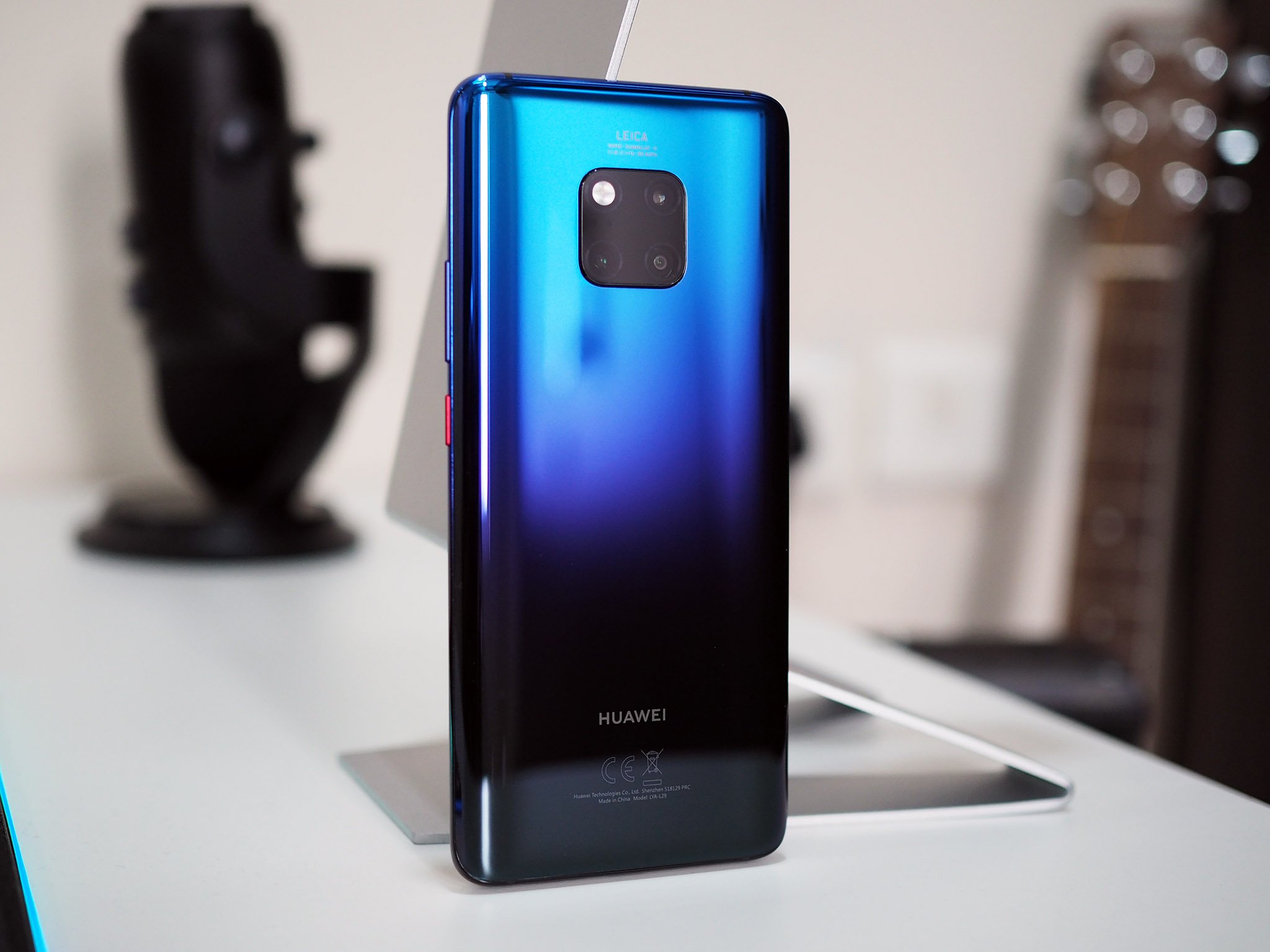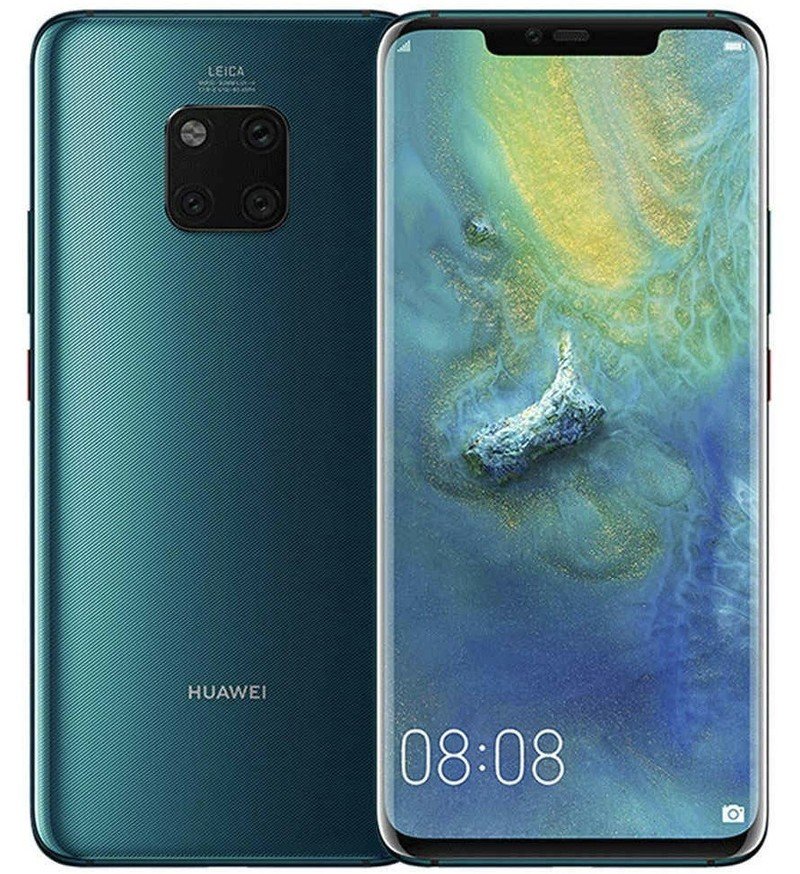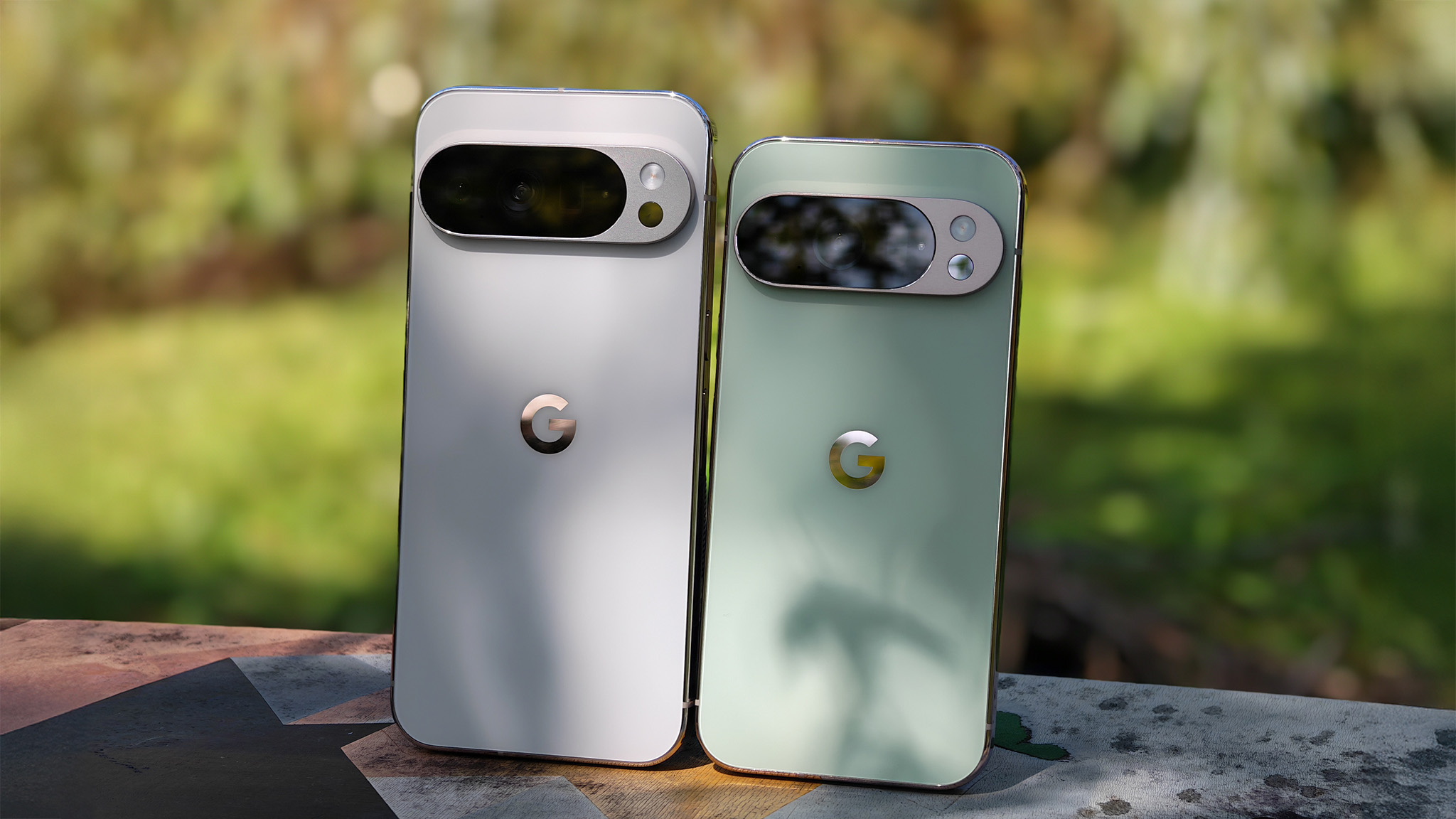Should you import the Huawei Mate 20 Pro to the U.S.?

Best answer: There are several reasons to buy the Mate 20 Pro over the Note 9 or the Pixel 3. The phone is powered by a 7nm Kirin 980 chipset that isn't likely to be available on a Samsung phone until the end of Q1 2019, and the camera has a host of features that allow it to stand out. Then there's the two-day battery life, gorgeous QHD+ AMOLED display, and exquisite design.
Amazon: Huawei Mate 20 Pro ($1,029)
The Mate 20 Pro is a phone that gets everything right
The Mate 20 Pro is in a league of its own thanks to the 7nm Kirin 980 chipset. Qualcomm announced its challenger to the Kirin 980 — the Snapdragon 855 — earlier this month, but we're not going to see a phone powered by the chipset at least until the end of Q1 2019. All signs point to the Galaxy S10 being the first phone to sport the platform, with the global version of the phone featuring Samsung's 8nm Exynos 9820.
The 7nm chipset delivers better speeds and more energy efficiency on the Mate 20 Pro, with the phone easily edging out the likes of the Galaxy Note 9 and the Pixel 3 when it comes to sheer performance. And while Huawei's EMUI skin was an incoherent mess a few years ago, the company has fixed most of the issues with EMUI 9, which is based on Android 9.0 Pie. The interface no longer feels bloated and is very well optimized for the Mate 20 Pro.
The Mate 20 Pro is a fantastic alternative if you're not sold on the Galaxy Note 9.
Then there's the design: the Emerald Green version of the Mate 20 Pro listed on Amazon U.S. offers an evocative hue along with a grippy texture that makes it a delight to use the device one-handed. There's also a Twilight finish that switches from blue to black along the back. The phone has a dual-curved screen with symmetrical curves at the back that gives it a design aesthetic near-identical to that of the Galaxy S9+.
The QHD+ AMOLED panel is just as vibrant as the one on the Note 9, and the camera is also on an equal footing as Samsung's latest flagship. That said, Huawei's AI-assisted features give the Mate 20 Pro a slight edge, and I ended up preferring the photos taken with the Mate 20 Pro over the Note 9 in most low-light scenarios.
Get the latest news from Android Central, your trusted companion in the world of Android
But the best feature on the Mate 20 Pro is the battery life. Featuring a 4200mAh battery, the Mate 20 Pro easily delivers two days' worth of use from a full charge. You also get wireless charging — like the Note 9 — but where the Mate 20 Pro edges out Samsung is fast charging. There's a 40W wall charger bundled in the box that charges the phone from flat to 70% in just 30 minutes, with a full charge taking just under an hour.
You also get a reverse charging feature that allows the Mate 20 Pro to charge other phones wirelessly. Right now, there's no flagship phone that offers battery life anywhere close to what you get with the Mate 20 Pro.
The Mate 20 Pro is great if you're on AT&T or T-Mobile
Although it isn't on sale officially in the U.S., you'll be able to pick up the Mate 20 Pro from Amazon. The downside is that you lose out on warranty, and cellular compatibility is restricted to GSM carriers like AT&T and T-Mobile. As this is the international version of the phone, the Play Store is installed out of the box, and you also get Chrome, YouTube, Google Maps, and Drive bundled.
The Mate 20 Pro comes with a smattering of LTE bands that include bands 1/2/3/4/5/6/7/8/9/12/17/18/19/20/26/28/32/34/38/39/40. The phone has the requisite bands for both AT&T and T-Mobile, but it does miss out on the low-frequency band 71 that T-Mobile is pushing out. Nevertheless, you should have no issues with coverage on either AT&T or T-Mobile.
Finally, as the phone is sold without warranty, I strongly recommend you pick up a case. There is a silicone case included in the box, but I'm partial to this Ringke option. Given the curved design and the glass back, it isn't prudent to use the Mate 20 Pro without a case.

A flagship that doesn't cut any corners.
The Mate 20 Pro combines class-leading performance with two-day battery life, gorgeous design, vibrant AMOLED panel, and excellent cameras. There really isn't any area where the device is found lacking and is currently the best alternative to the Galaxy Note 9.

Harish Jonnalagadda is Android Central's Senior Editor overseeing mobile coverage. In his current role, he leads the site's coverage of Chinese phone brands, networking products, and AV gear. He has been testing phones for over a decade, and has extensive experience in mobile hardware and the global semiconductor industry. Contact him on Twitter at @chunkynerd.
